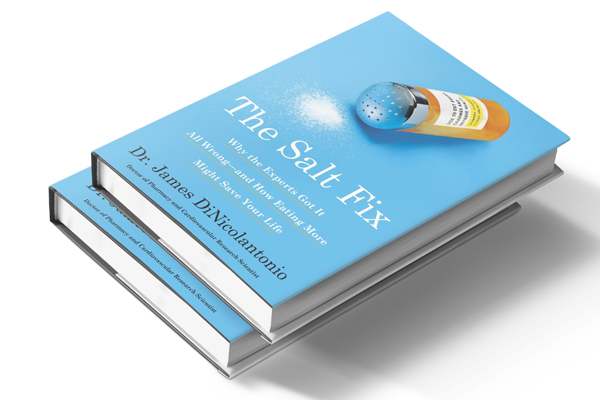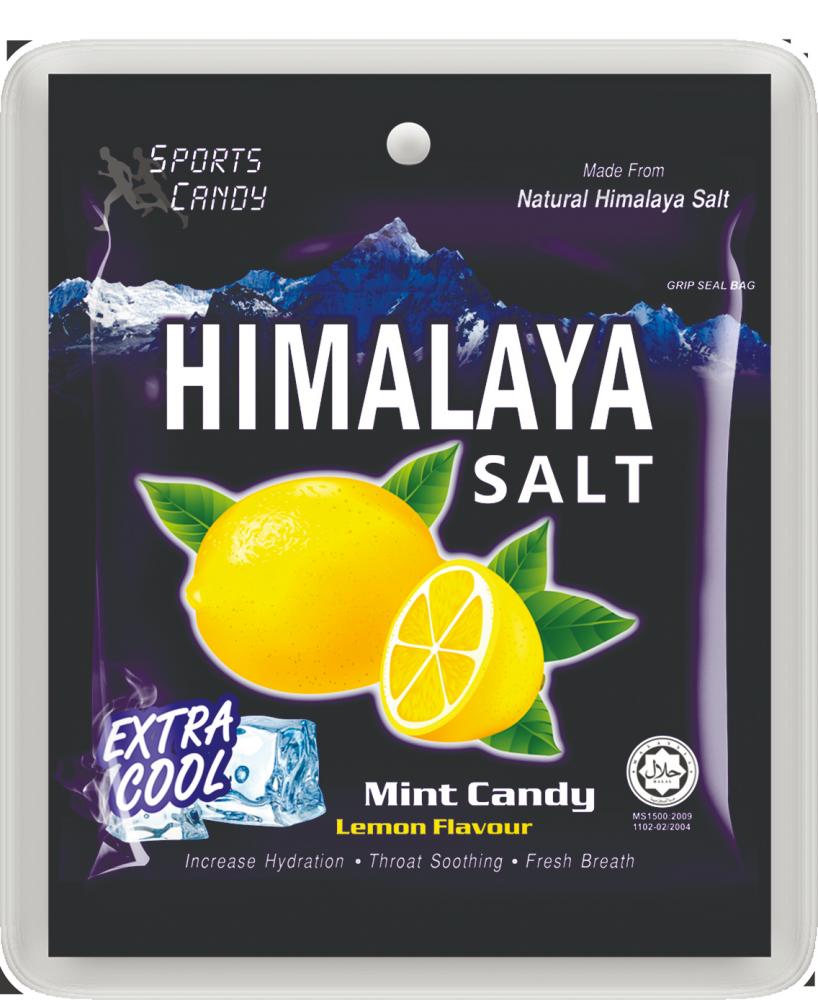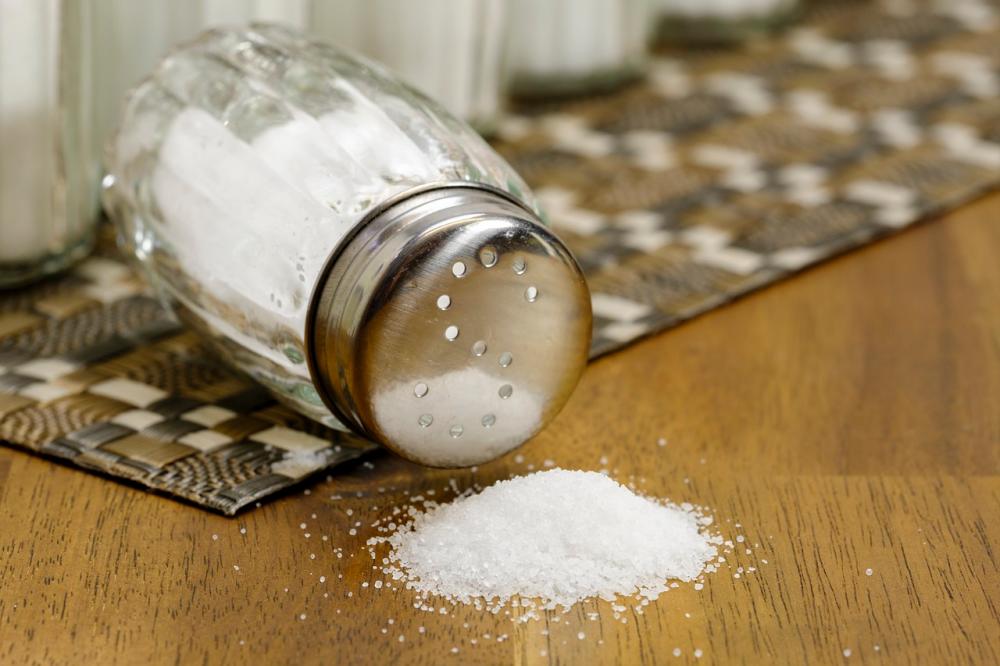For years we have been told that consuming more than our daily intake of salt (about a teaspoon) will cause our blood pressure to skyrocket and our heart to explode. Salt has been associated with hypertension, which in turn can lead to kidney and heart failure.
However, before you blame everything on this popular seasoning, condiment and preservative, you should read The Salt Fix.
Written by Dr James DiNicolantonio and published by Harmony Books, a division of Penguin Random House LLC, this book sheds light upon the many misconceptions that surround salt, and how it is in fact quite beneficial for our health.
The author himself is
a very respected cardiovascular research scientist and a Doctor of Pharmacy. He has both authored and co-authored close to 200 books on medical research.
In other words, he is privy to a lot of information most of us are unaware of. This book dispels the many myths associated with salt intake, and how flawed research essentially led to the notion that a low salt or low sodium diet is good for us.
In his research, Dr DiNicolantonio suggests that approximately 80% of people with normal blood pressure (120/80 mmHg) are not sensitive to blood pressure-raising effects of salt.
Among those with prehypertension, an estimated 75% are not sensitive to salt. And among those with a full-blown hypertension, about 55% are unaffected by salt’s effects on blood pressure.
In The Salt Fix you will read how low-salt guidelines are based on inherited ‘wisdom’, not scientific fact.
Our brain and body automatically determines how much sodium we eat, reabsorb and excrete.
On average, according to the author, our kidneys may filter between 580,000mg to 653,000mg of sodium per day and our kidneys filter salt every five minutes.

Getting enough salt
A low-salt diet depletes the energy of our kidneys, as well as our heart. By restricting and observing a low-salt diet, our heart rate goes up, reducing blood and oxygen circulation throughout our body. These effects produced by a low-salt diet also increase our risk of getting a heart attack.
Getting enough salt creates the right fluid-sodium balance and prevents dehydration, low blood pressure, dizziness, falls and cognitive impairment.
By reducing our salt intake to around 2,300mg per day (one teaspoon of salt), it may only lower blood pressure by a meager 0.8/0.2 mmHg. There are cases where people with normal blood pressure, pre-hypertension and hypertension may even experience a rise in their blood pressure if they restrict their salt intake.
This is because when salt intake is severely limited, the body begins to activate rescue systems that try to retain more salt and water from the diet.
These rescue operations include the renin-angiotensin aldosterone system (known for increasing blood pressure) and the sympathetic nervous system (known for increasing heart rate).
The ultimate physiological purpose of sodium intake is precisely the maintenance of blood pressure.
The medical field has long known that kidneys can excrete massive amounts of salt, where people with normal blood pressure have been found to excrete ten times their normal sodium intake, or up to 86 grams of salt per day.
When sodium intake is restricted, blood volume can go down by 10% to 15%, and this change leads to the body experiencing stress due to dehydration.
Based on his research over the years, Dr DiNicolantonio suggested that intake of between 3,000 and 6,000 mg of sodium per day is likely the optimal range for us.

Watch your sweat
Fitness as a hobby is becoming more popular these days, and individuals may be at particular risk of salt depletion not only from decreased consumption and increased loss of salt from sweat, but also overhydration with plain water. Sweating helps the body to maintain a normal temperature to prevent heatstroke. By having enough salt in our body we are able to adequately sweat, as it is of vital importance in thermoregulation.
On average you will sweat around 1,437mg of sodium per hour when exercising in moderate climates, depending on the intensity of the workout and ambient temperature. Meanwhile, the average nonathletic adult excretes around 600mg of sodium during an average day.
The consequences of excessive loss of salt and other minerals through sweat during exercise can include dehydration, tremors, muscular weakness and even cardiac arrhythmias.
It is also reported that a reduced sodium intake during high intensity exercise may increase cramps and muscle fatigue; reduce endurance performance; and cause general fatigue, joint pain, sleeping disorders, circulatory impairments and distinct thirst.
The thirst that we experience during exercise, particularly among endurance athletes, may be due to the need to replace salt, not water. If we increase our salt intake, we may find that we have less ‘thirst’.
Consuming more salt before and during exercise may help our body to cool off faster and maintain an optimal level of performance, improve hydration, blood circulation and water retention.
In addition, adding 2,300mg of sodium (one teaspoon of salt) per litre of water has been found to reduce total fluid loss during exercise.
This book contains general information, opinions and advice by the author relating to the potential benefits of adding salt to your diet. It is not intended to replace personalised medical advice.














